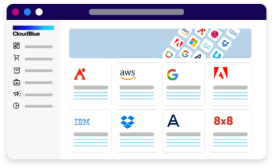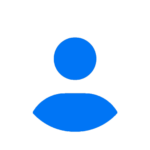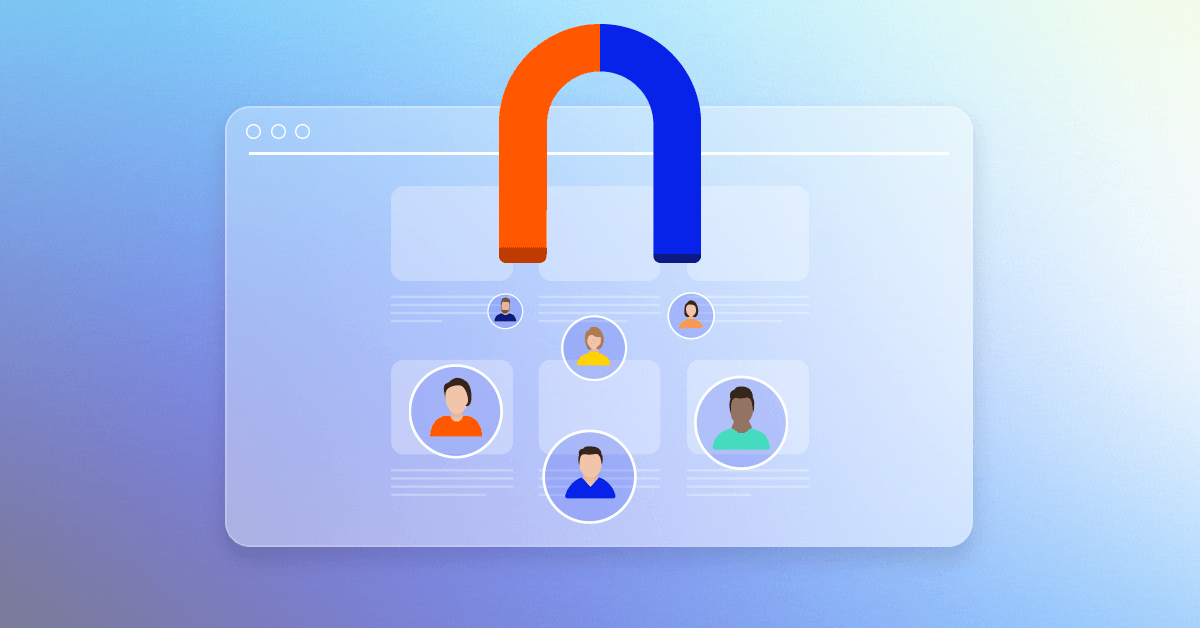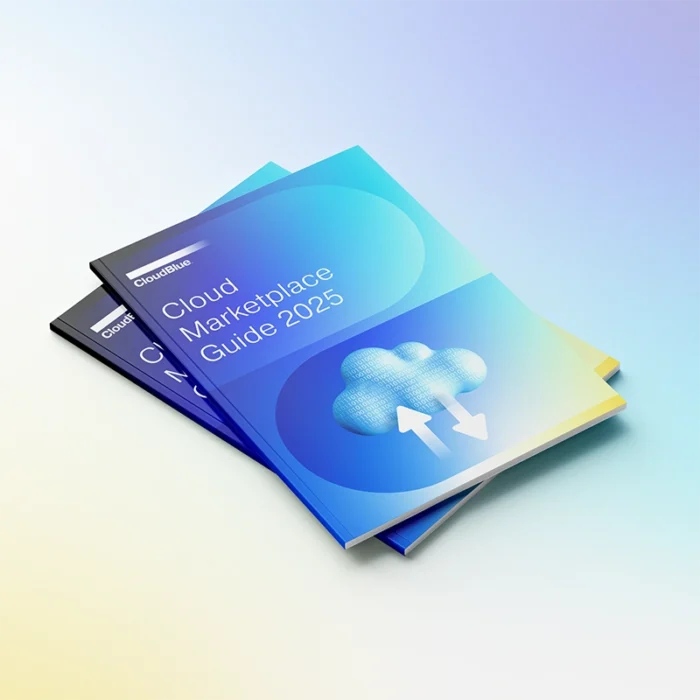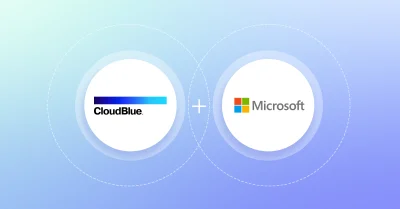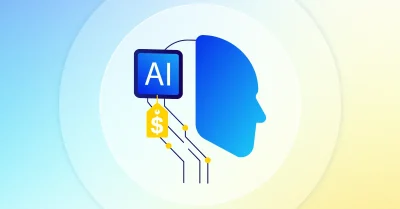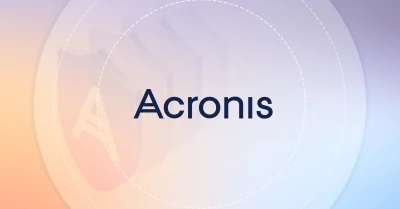Understanding Customer Churn
Customer churn presents a formidable challenge that reverberates across the Software as a Service (SaaS) industry. In the highly competitive and rapidly evolving landscape of SaaS, where customer loyalty is a key driver of success, reducing churn rates has become a top priority for businesses.
The impact of customer churn goes beyond mere revenue loss – it erodes customer trust, hampers growth prospects, and places a strain on resources dedicated to acquiring new customers. Understanding the complexities and intricacies of customer churn in the SaaS industry is essential for companies to devise effective strategies that foster customer retention, drive satisfaction, and ensure sustainable business growth.
Defining Customer Churn
When a customer churns, or cancels their subscription, it means they have decided to terminate their business relationship with a company or service provider and discontinue their subscription or membership. Customer churn refers to the rate at which customers cease using or paying for a product or service over a specific period.
Why Do Customers Churn?
Gaining a comprehensive understanding of the underlying reasons behind customer churn is vital for businesses to devise and implement effective retention strategies. By identifying and addressing the factors that contribute to customer attrition, companies can mitigate churn and enhance customer loyalty.
Let’s explore some of the more prevalent factors that influence customer churn in the SaaS industry.
Poor User Experience
A seamless and intuitive user experience is critical for SaaS products. If users encounter usability issues, a steep learning curve, or a lack of timely support, they may become frustrated and seek alternatives. A well-designed user interface, comprehensive onboarding, and responsive customer support can significantly improve the user experience, thereby reducing churn.
Inadequate Product Fit
Customers expect SaaS products to address their specific needs and provide tangible value. If a product fails to meet customer requirements, lacks essential features, or does not integrate well with existing systems, customers may opt for competitors offering a better fit. Regularly gathering feedback, conducting user research, and iterating on the product can help align it with customer needs and reduce churn.
Pricing and Value Proposition
Pricing plays a crucial role in SaaS customer retention. Customers must perceive the product’s value to justify the cost. If pricing is misaligned with the perceived value or lacks flexibility, customers may switch to more cost-effective alternatives. Conducting market research, analyzing customer willingness to pay, and refining pricing models can help minimize churn related to pricing concerns.
Increased Competition
The SaaS industry is highly competitive with new products launching daily and technologies constantly evolving. Competitors offering similar or superior products with enhanced features, better performance, or more favorable pricing can lure customers away. Monitoring the competitive landscape, identifying unique selling propositions, and differentiating your product can help reduce churn resulting from increased competition.
Changing Business Needs
As businesses evolve, their requirements may change and lead to potential churn. Mergers, acquisitions, shifts in business focus, or technological advancements can prompt customers to seek alternative solutions. Understanding customers’ evolving needs, staying ahead of industry trends, and offering flexible solutions can help retain customers during transitional periods.
How to Analyze Customer Churn
By effectively analyzing churn patterns and factors, you can gain valuable insights to develop targeted strategies to reduce attrition and improve customer retention rates. Before delving into the calculation of customer churn, it is crucial to grasp the early warning signs indicating that customers may be on the verge of leaving.
Identifying Early Indicators of Customer Churn
Identifying early signs of customer churn is crucial for SaaS companies to intervene and retain their customers. Here are the top early signs that customers may be leaving a SaaS product.
Decreased Usage and Engagement
A decline in customer usage and engagement with the SaaS product is a strong indicator of potential churn. If customers start using the product less frequently, spend less time within the platform, or reduce their interactions with key features, that suggests a loss of interest or satisfaction. Monitoring usage metrics and identifying significant drops can help detect early signs of churn.
Lack of Adoption or Onboarding Progress
When customers fail to make progress in their onboarding journey or struggle to adopt key functionalities, it can be a warning sign. If customers are not successfully integrating the SaaS product into their workflows or fail to achieve their desired outcomes, they may become frustrated and consider alternative solutions. Monitoring adoption rates and providing proactive support during onboarding can help mitigate this risk.
Increased Support Requests
A sudden increase in customer support requests or a surge in tickets can indicate dissatisfaction or confusion with the product. If customers frequently seek assistance, encounter technical issues, or struggle to find value, they may be more likely to churn. Analyzing the nature and frequency of support requests can help identify customers who are at a higher risk of leaving.
Negative Feedback or Reviews
Customers who express negative feedback or leave unfavorable reviews about the SaaS product pose a risk of churn. Whether it’s through customer surveys, public reviews on websites, or social media mentions, negative sentiments and complaints should not be ignored. Monitoring feedback channels and promptly addressing concerns can help prevent customers from reaching the point of churn.
Contract Renewal Delays or Non-Renewals
If customers hesitate or delay contract renewals, it could be a sign that they are considering other options. When customers start questioning the value provided by the SaaS product or exploring alternative solutions, their intention to churn becomes more apparent. Tracking contract renewal timelines and proactively engaging customers nearing the end of their contracts can help identify potential churners and retain them.
Voluntary Churn vs Involuntary Churn
When it comes to customer churn, it’s essential to understand the distinction between involuntary and voluntary churn. Both types have distinct characteristics and implications for businesses. In this section, we will explore the differences between involuntary and voluntary churn and discuss why comprehending these concepts is essential for companies.
Voluntary Churn
Voluntary churn occurs when customers make a conscious decision to discontinue their relationship with a company and stop using its product or service. Voluntary churn is driven by factors within customers’ control and typically indicates underlying issues with their experience or perceived value.
Here are some common reasons for voluntary churn:
- Dissatisfaction with the Product or Service: Customers may voluntarily churn if they become disappointed with the functionality, performance, or overall quality of the product or service. This could result from unmet expectations, lack of desired features, or poor user experience.
- Competitive Offerings: When customers find more appealing or cost-effective alternatives in the market, they may choose to switch to a competitor’s product or service voluntarily. Intense competition and evolving industry landscapes can significantly impact voluntary churn rates.
- Changing Priorities: As customers’ demands, priorities, or circumstances evolve, they may decide that the current product or service no longer aligns with their needs.
Involuntary Churn
Involuntary churn refers to the loss of customers due to circumstances beyond their control or without a deliberate decision to terminate the business relationship. It typically occurs when customers are unable to continue using a product or service for various reasons.
Here are a few common causes of involuntary churn:
- Failed Payments: Involuntary churn often occurs when customers’ payment methods fail, such as expired credit cards, insufficient funds, or issues with automated billing systems. As a result, customers may be involuntarily disconnected or denied access to the product or service.
- Technical Issues or Service Outages: If customers experience persistent technical issues, frequent downtime, or inadequate performance of the product or service, they may be forced to seek alternatives. Unresolved technical problems can frustrate customers and lead to involuntary churn.
- Relocation or Business Closure: In some cases, customers may churn involuntarily due to circumstances like moving to a location where the service is unavailable or shutting down their business. These external factors make it impossible for customers to continue using the product or service.
How to Calculate Customer Churn
Calculating customer churn is a fundamental aspect of understanding and managing customer attrition. By measuring churn, businesses can gauge the effectiveness of their retention efforts and identify trends or issues that require attention. In this section, we will discuss the formula for calculating customer churn and provide examples to illustrate its application.
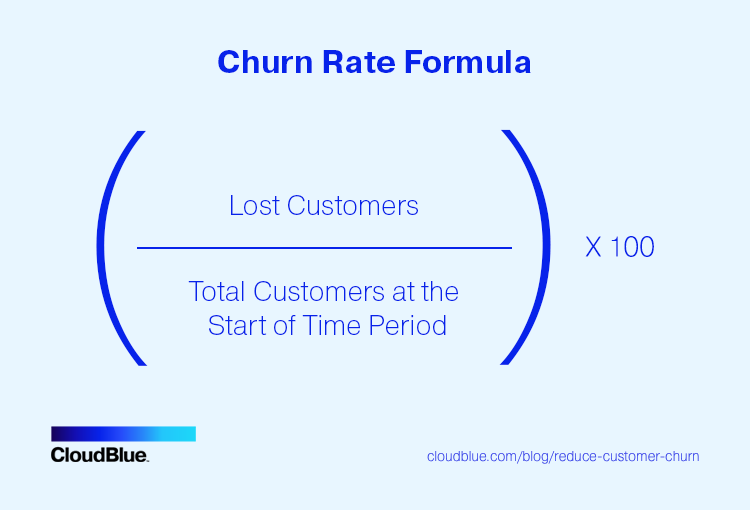
Churn Rate Formula
Churn Rate = (Number of Customers Lost during a Period / Total Number of Customers at the Beginning of the Period) x 100
Churn Rate Examples
Example 1: Monthly Churn Rate
Suppose a company starts the month with 500 customers and loses 30 customers by the end of the month. To calculate the monthly churn rate, use the formula:
Churn Rate = (30 / 500) x 100 = 6%
Therefore, the monthly churn rate for this period is 6%.
Example 2: Annual Churn Rate
For an annual churn rate calculation, consider a company that begins the year with 1,000 customers and experiences a loss of 150 customers over the year. Applying the formula:
Churn Rate = (150 / 1000) x 100 = 15%
The annual churn rate for this period is 15%.
Example 3: Churn Rate by Customer Segment
Calculating churn rate by customer segments allows businesses to analyze and compare attrition patterns among different groups. Let’s consider a software company that offers two subscription plans: Plan A and Plan B. In a given month, Plan A starts with 200 customers and loses 20 customers, while Plan B starts with 300 customers and loses 25 customers. To calculate churn rates for each plan:
Churn Rate for Plan A = (20 / 200) x 100 = 10%
Churn Rate for Plan B = (25 / 300) x 100 = 8.33%
These results indicate that Plan A has a higher churn rate of 10% compared to Plan B’s churn rate of 8.33%.
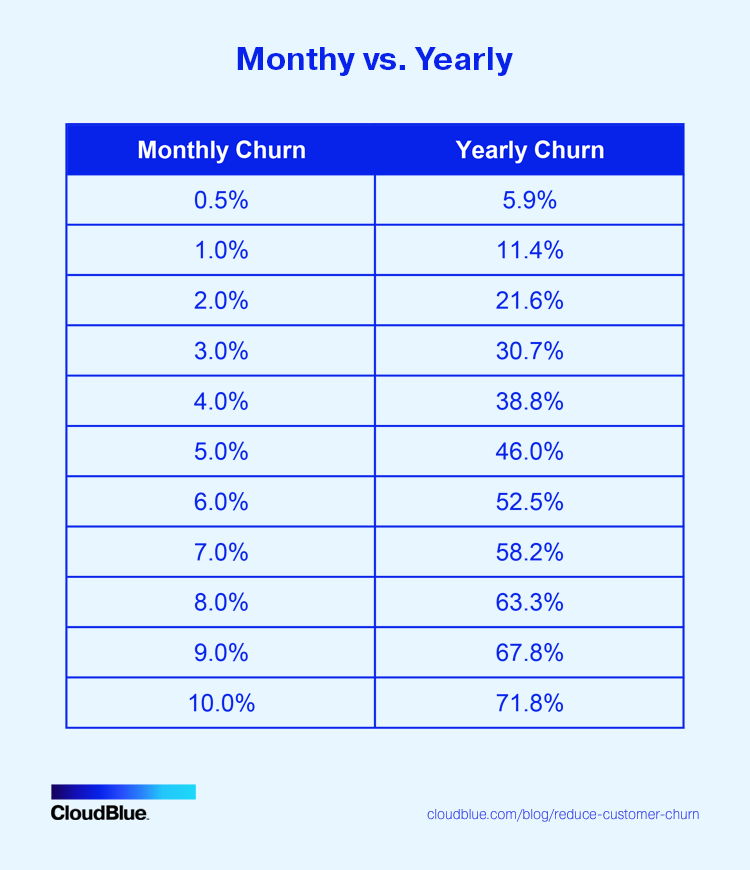
Additional Considerations
Timeframe: The timeframe for calculating churn can vary based on business needs and industry standards. Common periods include monthly, quarterly, or annually. Ensure consistency in the timeframe used for customer counts and the churn calculation.
Interpretation: A higher churn rate suggests a higher rate of customer attrition, which can impact revenue and growth. Lower churn rates indicate stronger customer retention. Benchmarking churn rates against industry averages or historical data can provide further insights into the company’s performance.
Cohort Analysis: Consider conducting a cohort analysis to track the churn rate of specific groups of customers who joined during the same period. This analysis provides insights into the behavior and retention of customers acquired within a particular timeframe.
How to Reduce Customer Churn
Reducing customer churn is a top priority for SaaS companies, as it directly impacts their growth and revenue. To help you tackle this challenge head-on, we’ve compiled ten effective strategies specifically tailored to the software industry. Let’s dive into each strategy and explore how they can help you retain your valuable users:
Streamline Onboarding and Activation
Ensure that your users have a smooth and frictionless onboarding experience. Provide intuitive tutorials, helpful documentation, and interactive walkthroughs to guide them through the initial setup process. By helping users quickly understand and activate your software, you increase their chances of becoming engaged and loyal customers. Pay attention to user feedback during onboarding to identify and address any pain points that may hinder their adoption.
Continuously Demonstrate Value
Regularly showcase the unique value proposition of your software to your users. Highlight new features, enhancements, and updates that directly address their pain points and challenges. Leverage email newsletters, in-app notifications, and personalized messages to keep users informed and engaged. By consistently proving the value of your software, you increase customer satisfaction and loyalty. Consider sharing success stories or case studies to demonstrate how your software has positively impacted other businesses.
Foster Strong Customer Relationships
Building strong relationships with your users is crucial for reducing churn. Implement a proactive customer success program that focuses on understanding and addressing their needs. Regularly engage with your customers through personalized emails, surveys, and feedback loops. This approach not only strengthens the bond between your software and users but also allows you to gather valuable insights for further improvement. Leverage customer relationship management (CRM) tools to track interactions and personalize your communication.
Provide Excellent Customer Support
Exceptional customer support is a cornerstone of reducing churn. Offer multiple channels for users to reach out for assistance, such as live chat, email, or a dedicated support portal. Respond promptly to queries, resolve issues effectively, and empower your support team with the necessary knowledge and resources to provide top-notch assistance. A satisfied customer is less likely to churn. Consider implementing a knowledge base or self-service portal to enable users to find answers to common questions independently.
Foster a Sense of Community
Create a vibrant community around your software, where users can connect, share experiences, and learn from one another. Establish user forums, online communities, or social media groups where users can seek help, share best practices, and interact with your team. Encourage active participation by organizing webinars, user conferences, or meetups. This sense of belonging and collaboration not only builds loyalty but also encourages users to stick around for the long term.
Regularly Seek User Feedback
Actively solicit feedback from your users to understand their pain points, challenges, and feature requests. Implement feedback loops, conduct surveys, and hold user advisory boards to gather valuable insights. By incorporating user feedback into your product roadmap, you show users that their opinions matter, increasing their engagement and reducing the likelihood of churn. Consider offering incentives, such as discounts or exclusive access, to encourage participation in feedback initiatives.
Offer Personalization and Customization
Empower your users to tailor your software to their unique needs. Provide flexible settings, customizable dashboards, and configurable workflows. By allowing users to mold the software to their specific requirements, you enhance their sense of ownership and make it harder for them to switch to an alternative solution. Continuously evaluate user preferences and market trends to identify opportunities for further customization.
Implement Customer Success Programs
Develop proactive customer success programs that go beyond traditional support. Assign dedicated customer success managers who can guide users in achieving their desired outcomes with your software. Provide regular check-ins, performance reviews, and goal-setting sessions. By helping users maximize the value they derive from your software, you increase their satisfaction and reduce churn. Use data analytics to identify potential areas where users may need assistance or additional training.
Monitor Usage and Engagement Metrics
Keep a close eye on user behavior and engagement patterns within your software. Track usage metrics, such as feature adoption, login frequency, and time spent on specific tasks. Identify users who exhibit signs of decreased engagement or potential churn risks. With this insight, you can proactively reach out to at-risk users, understand their concerns, and offer targeted solutions to prevent churn. Automated triggers and alerts can help you identify and address potential churn risks in real time.
Implement a Customer Win-Back Strategy
Sometimes, despite your best efforts, users do churn. In such cases, having a customer win-back strategy in place can help you re-engage and reactivate dormant users. Develop personalized re-engagement campaigns, offer exclusive incentives or discounts, and demonstrate the improvements you’ve made since their departure. By showing users that you value their business and have addressed their concerns, you may successfully win them back.
Boost Customer Retention

Key Takeaways
Reducing customer churn is critical for SaaS companies to ensure sustainable growth and success. By understanding the nature of customer churn, analyzing key metrics, and implementing effective strategies, you can significantly improve customer retention and enhance overall customer satisfaction.
Remember, reducing churn is an ongoing process that requires constant attention, adaptation, and innovation. Continuously monitor customer feedback, engage with your users, and iterate your strategies based on evolving needs. By placing a strong emphasis on customer satisfaction, value delivery, and personalized experiences, you can establish a strong foundation for customer retention and drive growth for your SaaS business.
In a highly competitive SaaS landscape, reducing churn is not only about preserving revenue but also about building a thriving customer community and gaining a competitive edge. Prioritize your customers, listen to their voices, and strive for continuous improvement. By implementing the insights and strategies outlined in this essential guide, you can foster lasting relationships with your users and unlock the full potential of your SaaS business.

